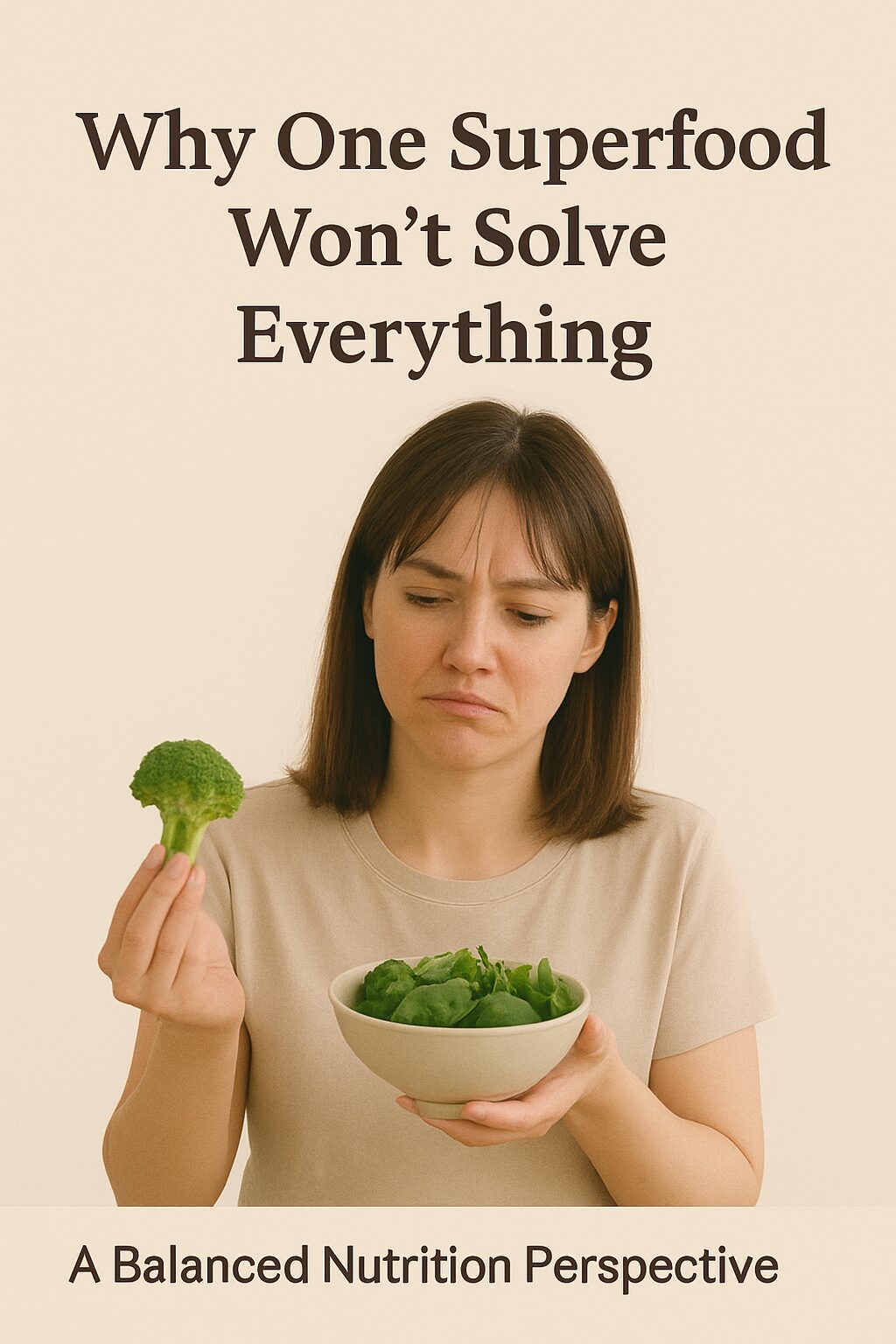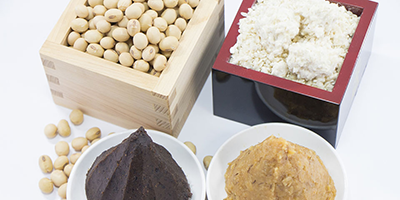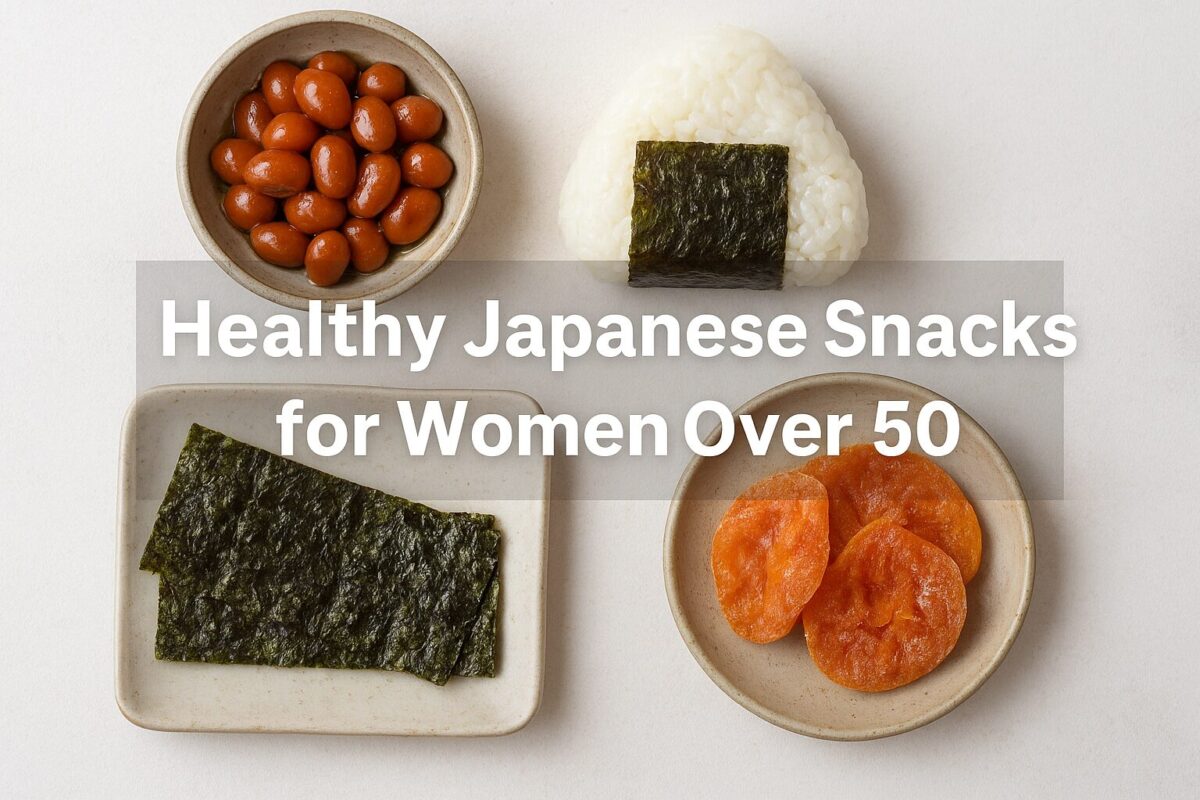The idea of a single “miracle food” has become a powerful trend in modern nutrition. From kale to quinoa to acai berries, the Western health industry often highlights one food as the ultimate solution to wellness. But is this approach truly effective, especially for women over 50? The reality is that no single ingredient can replace a balanced, varied diet. A Japanese-inspired perspective shows why diversity in food is the real key to sustainable health.
The Superfood Hype
Superfoods are often marketed as nutrient-packed, disease-fighting, and even age-reversing.
Marketing vs. Reality
While foods like blueberries, chia seeds, and green tea are undeniably healthy, no single food contains everything your body needs. Relying on just one creates nutritional gaps.
The Allure of Quick Fixes
People often turn to superfoods hoping for easy answers. However, sustainable health requires daily balance, not sudden extremes.
Risks of the One-Food Solution
Depending heavily on a single “miracle” food can create more harm than good.
Nutrient Imbalance
Eating too much of one food may crowd out other essential nutrients. For example, focusing only on kale won’t provide enough protein or healthy fats.
Digestive Discomfort
Overconsumption of high-fiber foods like chia seeds or flax can cause bloating and digestive upset.
Unrealistic Expectations
When health improvements don’t appear as promised, disappointment can lead to abandoning healthy habits altogether.
For more insights on balanced nutrition, the Academy of Nutrition and Dietetics offers helpful resources.
The Japanese Approach: Variety and Moderation
Instead of spotlighting a single food, Japanese cuisine values balance.
Multiple Flavors, Multiple Nutrients
A typical Japanese meal includes rice, soup, vegetables, fish, and pickles. Each dish contributes different vitamins, minerals, and macronutrients.
Seasonal Eating
Japanese diets emphasize seasonal foods, ensuring freshness and nutrient diversity throughout the year.
Portion Control
Small servings across a range of foods allow for enjoyment and nutrition without excess.
Foods That Work Together
Health comes not from a single ingredient but from how foods complement each other.
Whole Grains and Vegetables
Together, they provide steady energy, fiber, and antioxidants.
Fish and Soy
This pairing offers complete protein and phytoestrogens, which are especially beneficial for women after menopause.
Fermented Foods
Miso, natto, and pickled vegetables improve digestion and enhance nutrient absorption, helping other foods work more effectively.
For more about Japanese eating traditions, the BBC Good Food guide provides a helpful overview.
Juveriente’s Balanced Philosophy
At Juveriente, we believe in the same principle: no single solution can provide total wellness. Instead, balance and natural support are key.
- Effisoy®: Supports the body’s hormone balance during menopause through fermented soy isoflavones, inspired by Japan’s lower rates of severe menopausal symptoms.
- Bone Strength Complex: Combines nutrients such as beta-cryptoxanthin from mandarins with other supportive ingredients to promote bone density.
These supplements are not “miracle pills” but part of a holistic lifestyle that includes balanced meals and mindful living.
Final Thoughts
Why won’t one superfood solve everything? Because health is built on diversity, not extremes. For women over 50, especially, balanced nutrition supports long-term energy, bone strength, and hormonal well-being. By embracing the Japanese approach of variety and moderation—and complementing it with natural support from Juveriente—you can move beyond the hype and toward sustainable, joyful health.





































